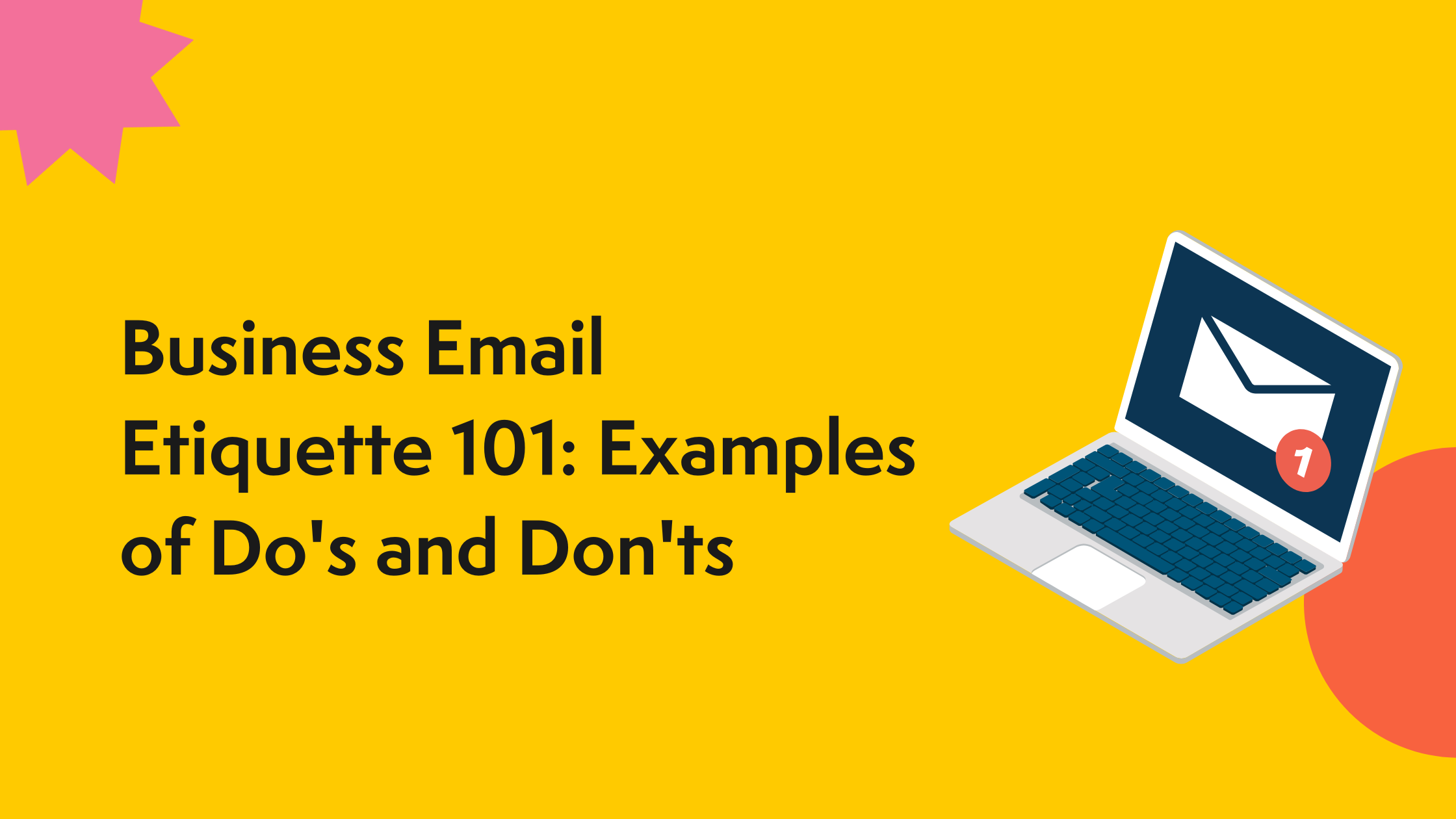
Communicating to a large, diverse and widespread workforce
— Communications Manager
A couple of posts ago, I responded to a Director of Administration whose biggest challenge was managing diverse personalities. My point was that, when diversity is an obstacle, you’re being called upon to lead, not just to manage your team.
Today we are looking at a similar case, except that our Communications Manager is facing two added challenges: size and spread. First, let’s ask ourselves why these are a problem. Apple, Google, and Facebook are large, diverse, and widespread, and they can’t wait to get larger and more diverse and spread out even further.
Because we are talking about communications, the real problem must be a disconnect. A physical disconnect, yes, which would account for the large and widespread part. But also, and more importantly, a mental disconnect, which is what we usually mean when we blame diversity.
Thanks to the companies I just mentioned—and many others—physical distance is no longer an issue. In physical terms, you are as far from your audience as your nearest mobile device. That’s pretty close for most people. Thankfully, there are still spots in the world that are free from cell-phone towers. But if you have a communications manager, you are probably not working from one of those places.
Size is not really a problem either. Modern websites can serve millions of users. Worst case—internal comms might need to look into a new communication solution. Best case—learn to better use the ones you have.
If we take physical distance and size out of the equation, the only remaining issue is diversity. So, what does “diversity” mean in this case? Are we talking male vs. female? Mac users vs. PC users? English-speaking vs. no English? And when is diversity bad for communication? Is the problem reaching employees or getting them to buy into the message?
The first case—how to get the message out to all employees—is straightforward project management. Even though it could be a big task, our comms manager most likely knows exactly how to go about it. Start by asking a few questions. What time, medium and format is best for reaching different groups of employees? How can we check that no one fell through the cracks?
The fact that she was on my website points to an interpersonal rather than a logistical disconnect. She could be asking: “How do I get people to listen, understand and act on my messages?” And her response seems to be: “What works for one person, doesn’t work for another. Therefore, I can never get everyone on the same page!”
Well, if you plan to persuade every employee individually, you are going to have a hard time managing your campaign. Large, diverse and widespread will quickly take it out of the realm of humanly possible. Your best hope is not to chase after people, so to speak, but to get them to come to you.
Okay, how do employees “come” to a communications manager?
As basic as it sounds, the answer is they need to care about what she and the company she represents have to say. Surprisingly (or predictably?) many companies don’t have this down. The “care” factor is low. People don’t care what the company has to say. Unless the company wants to take something away from them, in which case they don’t care how you justify it.
These kinds of communication challenges are likely to hold across different segments of employees. So, diversity could just be a red herring. Change your approach and watch your people change their response.
The only way to get people to care about your communications is to show them that you care about them. Don’t throw your employees under the bus. Don’t decide what’s good for them behind closed doors and then try to ram it down their throats with your communications. Ask them first.
Yes, you will get all kinds of responses. You can take this strategy one step further and ask your employees to propose a solution. See examples of how different companies handle employee feedback in Chapter 19, Give Them a Voice, in Who the Hell Wants to Work for You?
Of course, no communication strategy will yield unanimous consent from your employees. But that’s not the goal. You want dissenting voices. You want discussion and debate. What you don’t want is apathy.
People won’t give you their opinion unless they think it counts. Empower them to weigh in on issues. They don’t need to win every time. What they need is to understand and share the management’s intentions, and to trust the process by which decisions get made. If you can make this happen at your company, imagine how much fun you’ll have communicating to your large, diverse, widespread and engaged workforce!
_____
If you work for a big company, you might like my book, because it breaks complicated challenges down to simple choices.
If your company needs to communicate news and announcements to employees, you might like our software, because it makes your internal communications more engaging and effective.











 info@axerosolutions.com
info@axerosolutions.com 1-855-AXERO-55
1-855-AXERO-55


